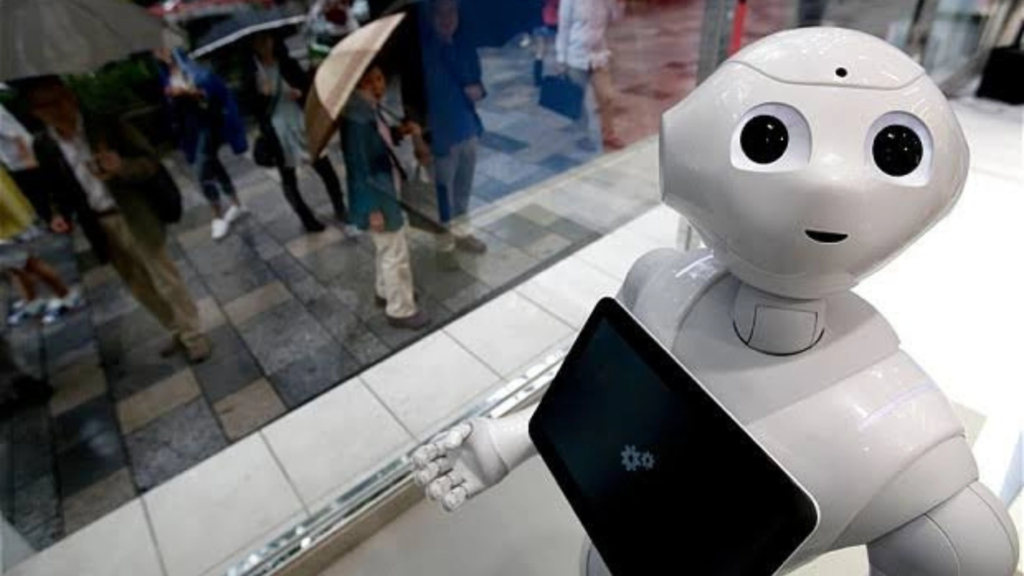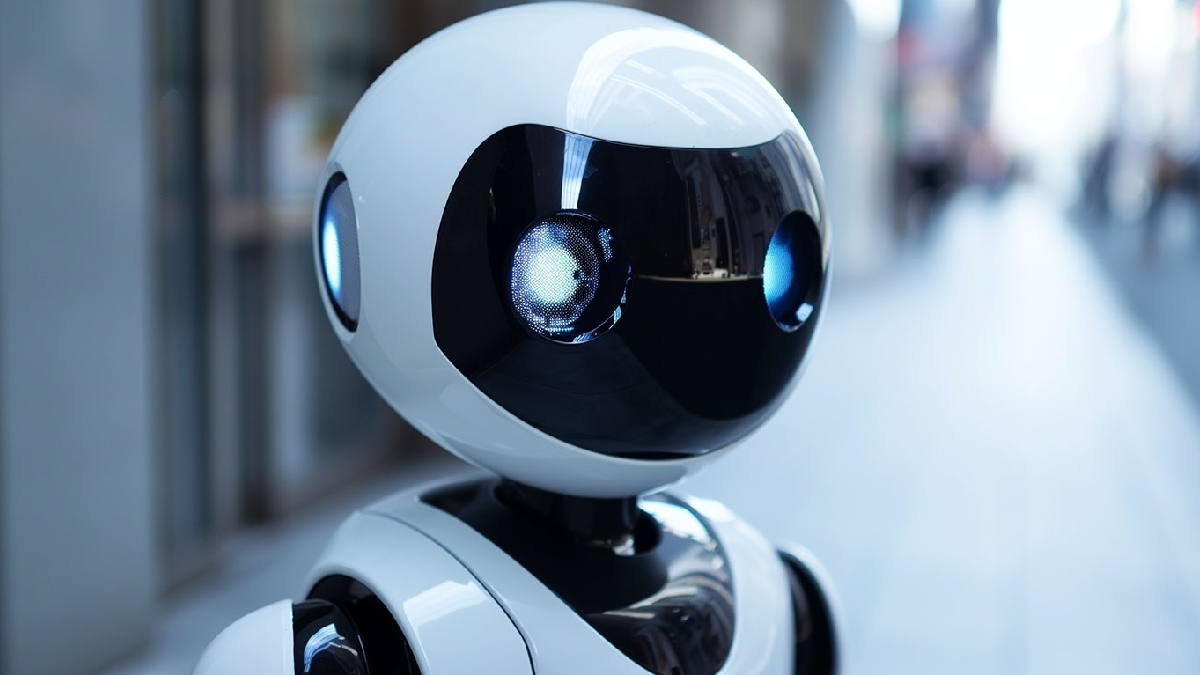Exploring a groundbreaking development in robotics and emotion detection, where machines could interpret human feelings through touch.
Human emotions are a complex interplay of psychological, physiological, and behavioral responses. Traditional methods of detecting emotions, such as facial recognition or speech analysis, have proven useful but are not without limitations. Factors like poor lighting, audio interference, and individual differences in expression often lead to inaccuracies.
The Science Behind Skin Conductance and Emotion Detection
Enter skin conductance: a measure of how well the skin conducts electricity. This ability varies depending on sweat secretion, which is controlled by the sympathetic nervous system and directly influenced by emotional states.
For instance, stress, fear, or excitement can trigger sweat glands, altering the skin’s electrical properties. Scientists are now exploring this natural response as a reliable metric for gauging emotions.
A study published in IEEE Access delved into this phenomenon, examining the emotional responses of 33 participants by showing them evocative videos while monitoring their skin conductance. The findings revealed fascinating insights into how different emotions manifest.
Read : Robot Throws Itself Down the Stairs in South Korea: First Robot Suicide Case in the World
Fear, for instance, elicited the longest-lasting responses, likely due to its evolutionary role in survival. On the other hand, feelings of family bonding—a mix of happiness and sadness—showed slower but more enduring responses. Humour, by contrast, prompted quick, fleeting reactions.
Read : SWIM: Robot Release by NASA That Will Swim in Oceans of Jupiter and Saturn’s Moons
This research underscores the unique dynamics of skin conductance in emotional detection. Unlike traditional methods, it provides real-time, non-invasive insights into human feelings. The potential applications of such technology are vast, ranging from enhancing human-robot interactions to refining emotional recognition systems in clinical settings.
A New Frontier in Emotion Detection Technology
Traditional emotion-detection tools have been instrumental in fields such as customer service, healthcare, and entertainment. However, their effectiveness is often compromised in challenging environments.
For example, a dimly lit room or background noise can hinder the accuracy of facial recognition and voice analysis tools. These limitations have driven scientists to seek alternative methods, and skin conductance has emerged as a promising candidate.

The study highlighted the versatility of skin conductance in capturing subtle emotional cues. By combining this technique with other physiological metrics like heart rate variability and brain activity, researchers could develop more accurate and nuanced emotion recognition systems.
This integration would allow for a holistic understanding of emotional states, paving the way for robots that not only interact with humans but also empathize with them.
Imagine a healthcare robot equipped with such capabilities. It could monitor a patient’s emotional well-being in real time, providing comfort and companionship while alerting medical professionals to signs of distress.
Similarly, customer service robots could adapt their responses based on the user’s emotional state, creating a more personalized and satisfying experience. The possibilities are both exciting and transformative.
Implications for Future Robotics and Human Interaction
The ability of robots to sense human emotions could revolutionize various industries. In healthcare, robots equipped with emotion-detection technology could play a crucial role in mental health support.
By recognizing signs of anxiety, depression, or stress, these robots could provide timely interventions, bridging gaps in traditional healthcare systems.

In the realm of education, emotionally intelligent robots could enhance learning experiences. By gauging students’ emotions, these robots could adapt their teaching methods to suit individual needs, making education more engaging and effective.
Similarly, in the workplace, robots that understand employees’ emotional states could foster a more supportive and productive environment.
However, this technological advancement is not without ethical considerations. The ability to monitor and interpret emotions raises concerns about privacy and consent.
How will this data be stored and used? Who will have access to it? Addressing these questions is essential to ensure that the benefits of emotion-detection technology are realized without compromising individual rights.
Despite these challenges, the potential of this technology is undeniable. As scientists continue to refine emotion-detection systems, the dream of robots that truly understand and empathize with humans inches closer to reality.
This development represents a significant step forward in the quest to create machines that not only perform tasks but also connect with us on a deeper level.

